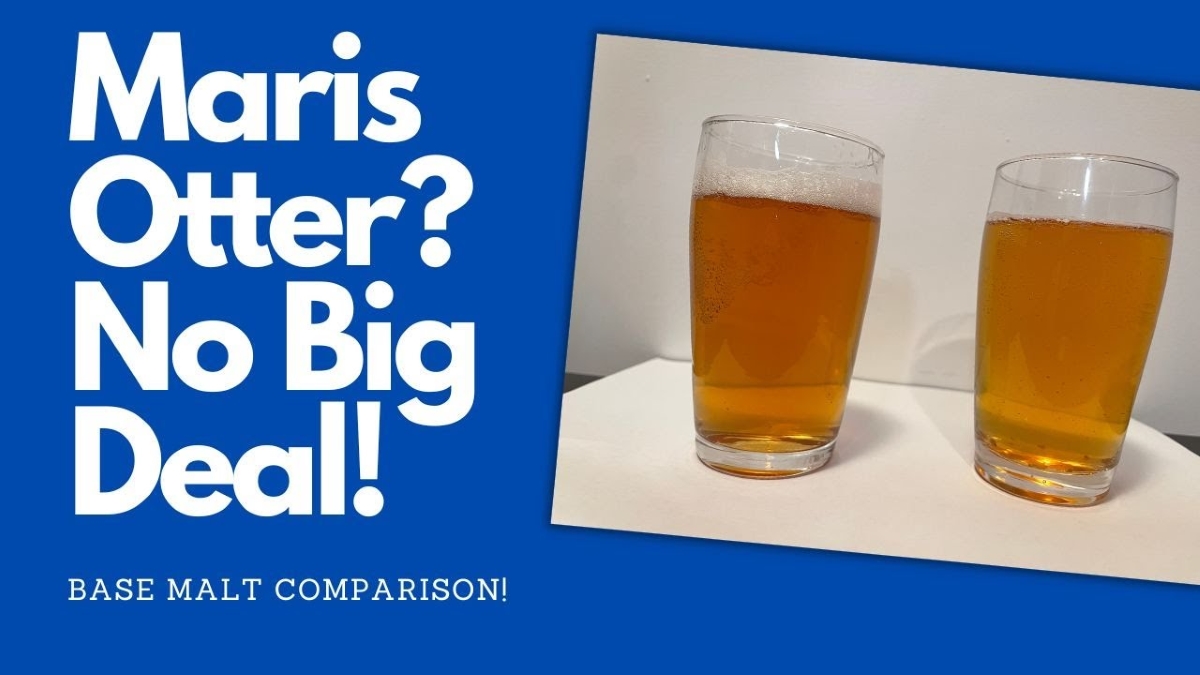We brew beers to compare hops. We brew beers to compare yeasts. Here we are – finally – brewing beers to compare base malts. Have you wondered what Maris Otter really brings to the table? Is there a big difference between American 2 Row malt and the famous English malt? Mike brews two beers where the only difference is the base malt. Watch this video and see this base malt comparison. Is Maris Otter no big deal as Mike states? You decide.
Details of the Beers
Mike brewed two beers. He used the same water in both. The hops were East Kent Goldings (EKG) and the yeast was SafLager W-34/70. Lastly, the beers were brewed on the same day so that their fermentation conditions were the same too. By keeping all the other variables in these beers the same and changing just the base malt, we created the best conditions to compare the malts.
Base Malt Comparison Findings
Right from the look of the beers, you can see the one brewed with Maris Otter was a bit darker. That makes sense since it have a higher Lovibond degree than the American 2 Row malt.
The American 2 Row beer has stronger hop aromas along with more lager yeast components. There are sulfur notes when you take a whiff of this beer.
The Maris Otter beer’s aroma is more malt forward. Even with the same hops amounts and yeast strain, the malt overpowers their contributions.
The body of the Maris Otter beer is fuller than the 2 Row beer. The English malt may be bringing dextrins to the beer.
In the flavor, I found the malty notes dominate in the Maris Otter beer as compared to the 2 Row one. The 2 Row beer expresses the hop character where the Maris Otter beer had less of that component.
Overall, with this base malt comparison, Mike felt the Maris Otter beer didn’t have as much of the cracker/biscuit flavors that he expected. His opinion of this comparison that there isn’t a huge difference between these two base malts. I found the differences to be slight but enough to note there are differences.
May this point of data serve you well.
BREW ON!

Leave a Reply